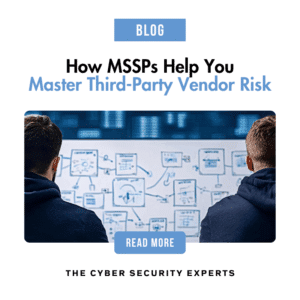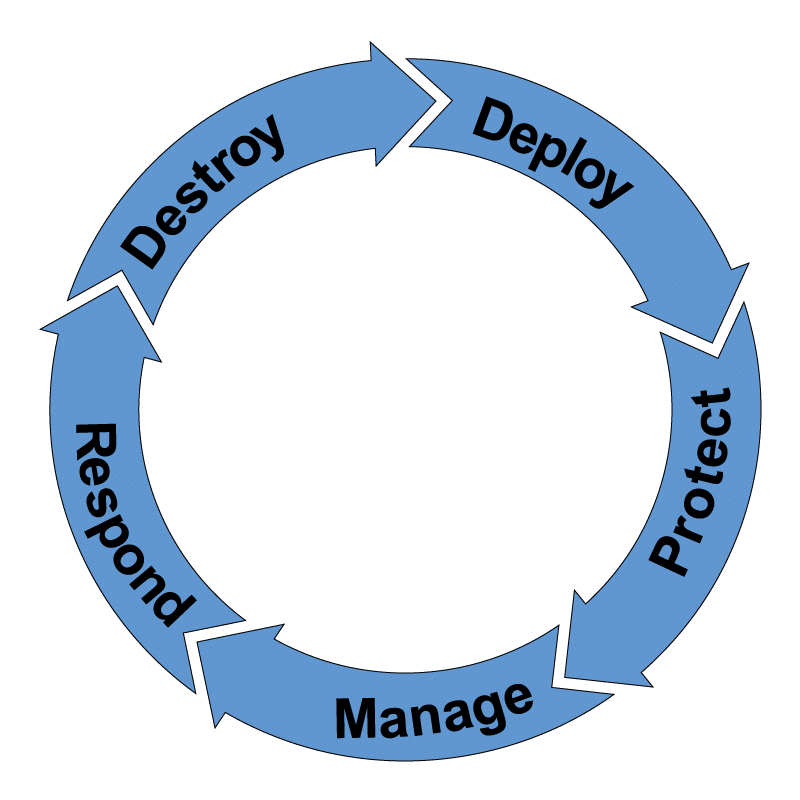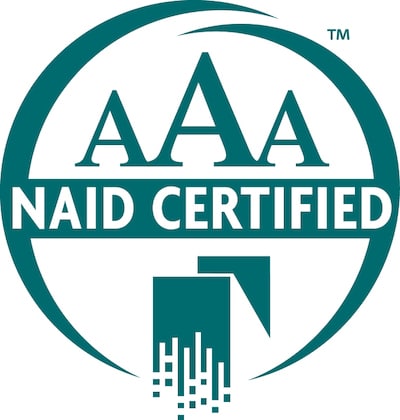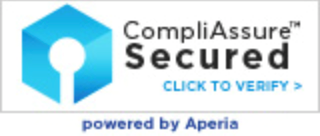How MSSPs Help You Master Third-Party Vendor Risk
Third-Party Risk Is a Business Problem, Not Just a Cyber One
In 2025, managing third-party vendor risk is no longer just a cybersecurity concern – it’s a strategic imperative for every organization operating in a digital supply chain. Supply chain attacks, vendor-caused data breaches, and operational disruptions triggered by third-party failures have escalated to become a top concern for cybersecurity and business leaders alike.
While outsourcing can drive innovation and efficiency, it also expands your attack surface. This is particularly true for regulated industries like financial services, healthcare, and education, where you remain ultimately responsible for how your vendors manage sensitive data and system access.
That’s where Managed Security Service Providers (MSSPs) come in.
MSSPs bring deep expertise, automation, and proactive oversight that most internal teams simply can’t scale to match. In this blog, we’ll break down exactly how an MSSP, like Reclamere, helps businesses proactively manage third-party risk and build supply chain resilience.
1. Proactive Risk Assessments: Know Who You’re Working With
Before onboarding a new vendor, MSSPs conduct rigorous assessments to help you evaluate cyber posture, compliance status, and overall risk impact.
Key elements include:
- Security Control Reviews: How well are vendors protecting their environments?
- Regulatory Mapping: Are they compliant with HIPAA, NYDFS 500, DORA, or NIST CSF?
- Historical Risk Insights: Past breaches, audit failures, or security gaps.
- AI & Automation Footprint: What AI tools are in use, and how are they governed?
💡 Tip: In 2025, this step must include AI governance. If a vendor uses generative AI, ensure they follow secure development guidelines and audit data sources for bias, prompt injection, or data leakage risk.
2. Continuous Monitoring: Real-Time Visibility, Not Point-in-Time Reports
The era of annual vendor surveys is over. Cyber risk evolves in real time, and MSSPs provide always-on monitoring powered by AI and threat intelligence.
MSSPs deliver:
- Live Risk Scoring: Dynamic scores based on threat activity, policy compliance, and industry benchmarks.
- SIEM Integration: Aggregated security event data from vendors.
- Cloud Security Posture Management (CSPM): To monitor vendor access to cloud workloads.
- Automated Alerting: For vulnerabilities, exposed credentials, and attack signals.
💡 Tip: Without this, many companies learn about a breach only after it’s already disrupted their own operations.
3. Incident Response Readiness: If It Happens, You’re Covered
Let’s face it, supply chain breaches are inevitable. However, what separates resilient organizations is how quickly and effectively they respond.
An MSSP enables:
- Supply Chain Detection & Response (SCDR): A framework that extends incident response visibility across third parties.
- Pre-built Playbooks: Tailored for vendor-originated breaches.
- Immediate Containment: Asset isolation, privilege revocation, and forensic triage.
- Compliance-Ready Reporting: For regulators, clients, and cyber insurers.
💡 Tip: Contractual response time SLAs (Service Level Agreements) between you and your vendors mean little unless you have the right operational support. MSSPs act fast, and that speed reduces downtime and damage.
4. Policy Development & Regulatory Alignment
Whether you’re navigating HIPAA, GDPR, NYDFS 500, or the EU DORA framework, an MSSP ensures that vendor risk management aligns with the regulatory standards relevant to your sector.
An MSSP helps:
- Draft third-party risk policies.
- Define contract controls like breach notification clauses.
- Enforce least-privilege access requirements.
- Ensure audit-readiness with documented oversight.
💡 Tip: NYDFS 500 now mandates that covered entities conduct annual third-party risk assessments. This is not optional, and noncompliance can lead to fines.
5. Scalable Coverage Without Blowing Your Budget
Building in-house capabilities for vendor risk assessment, continuous monitoring, and incident response can be overwhelming, both financially and operationally.
Partnering with an MSSP provides:
- Enterprise-level services without hiring additional full-time staff.
- 24/7 support across time zones and threat surfaces.
- Scalable services to align with business growth or risk shifts.
💡 Tip: As your vendor ecosystem expands, your MSSP scales with you, whether that’s onboarding 5 new vendors or managing 50 across global operations.
6. Business Impact: Why MSSPs Matter More Than Ever in 2025
- 47% of breaches in 2024 were linked to third-party vendors.
- 64% of organizations state that third-party risk management is viewed as a strategic imperative by their boards and executive teams.
- AI tools used by vendors introduce hidden risks, including data leakage and bias.
MSSPs are no longer optional – they are critical business partners.
Third-Party Risk Isn’t Just a Cyber Issue. It’s a Strategic One.
You can’t secure what you don’t see, and when it comes to third-party risk, visibility is everything. By partnering with an MSSP like Reclamere and enrolling in SCR360, you get the proactive insights, tools, and team you need to secure your entire vendor landscape.
Don’t wait for the next supply chain breach to expose a weak link.
Ready to Fortify Your Vendor Ecosystem?
Schedule a discovery call to learn how Reclamere’s SCR360 program gives you the oversight, automation, and expert support needed to manage third-party risk with confidence.








